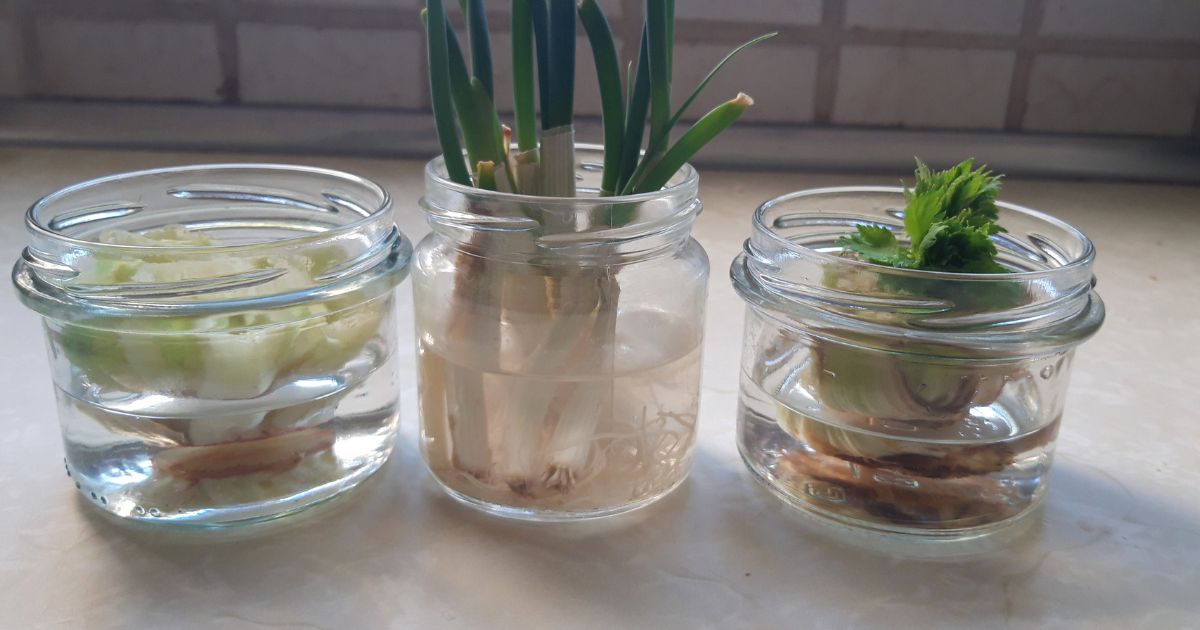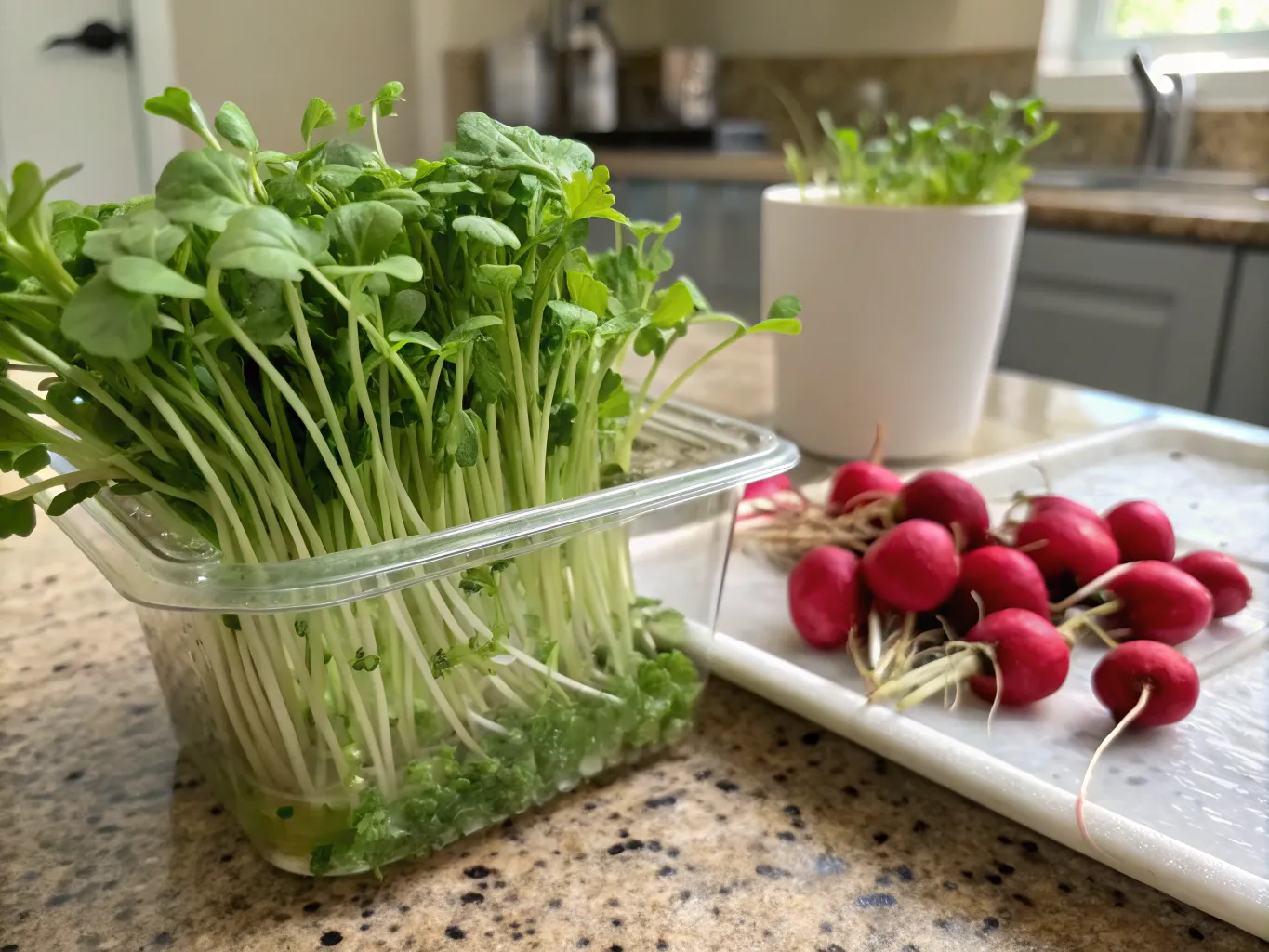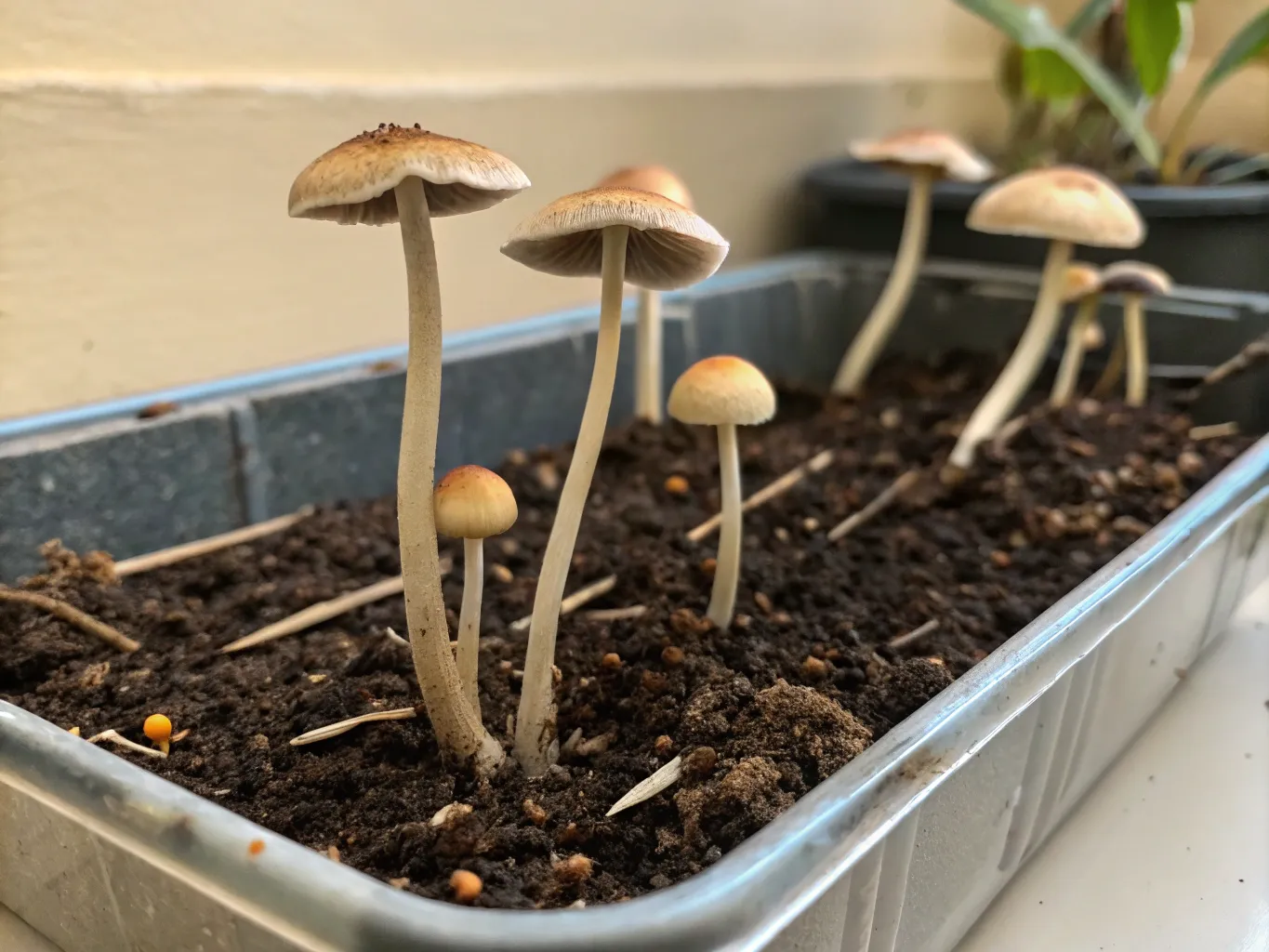In an age where sustainability and creativity go hand in hand, growing plants from kitchen leftovers is not only a rewarding hobby but also a smart way to save money and reduce waste.
In this blog post, we explore 17 ingenious methods to transform your kitchen scraps into thriving plants in 2024.
Whether you are an experienced gardener or just starting out, these tips will inspire you to turn everyday waste into lush greenery.
1. Regrow Green Onions
Green onions are one of the easiest vegetables to regenerate. Simply place the white root ends in a glass of water, and watch them regrow. Perfect for those who want fresh garnishes without the need to buy new bunches.
2. Avocado Pit Sprouting
Growing an avocado tree from a pit is a slow but rewarding process. Secure the pit with toothpicks and place it above a glass of water. Within weeks, roots and a sprout will appear, leading to a potential indoor tree.
3. Pineapple Top Planting
Don’t throw away that pineapple crown! Plant it in soil and, with patience, you can grow your own pineapple plant. This tropical project is a fun way to enjoy a taste of the exotic at home.
4. Lettuce Stump Regrowth
Lettuce can regrow from its base. Place the stump in a shallow dish with water, and within days, fresh leaves will sprout, ready for salads and sandwiches.
5. Celery Base Revival
Celery is another vegetable that regenerates easily. The base, when placed in water, will sprout new shoots. Plant them in soil for a continuous supply.
6. Carrot Top Experiment
Carrot tops can be used to grow carrot greens, which are edible and nutritious. Place them in water and watch the greens emerge, perfect for garnishes or salads.
7. Garlic Clove Planting
Planting a garlic clove can provide you with a whole plant. Place cloves in soil with the pointy end up, and watch them grow into new garlic plants, offering fresh leaves and bulbs.
8. Sweet Potato Vine Creation
Sweet potatoes can sprout beautiful vines when partially submerged in water. This ornamental plant can later be transferred to soil, adding greenery to your home.
9. Ginger Root Growth
Ginger can be grown from leftover roots. Plant a chunk in soil, and it will sprout new shoots and roots, providing fresh ginger for culinary use.
10. Basil Stem Propagation
Basil can be propagated from cuttings. Place a stem in water until roots form, then transfer it to soil for continuous basil supply, enhancing your cooking.
11. Potato Eye Planting
Potatoes can grow from their eyes. Cut sections with eyes and plant them in soil to grow new potatoes, ensuring a steady supply from your garden.
12. Tomato Seedling from Slices
Tomato plants can be grown from slices. Bury slices in soil and watch seedlings emerge, a cost-effective way to multiply your tomato plants.
13. Cilantro Stem Revival
Cilantro can be regrown from stems. Submerge the stems in water until roots appear, then plant them in soil for fresh herbs readily available.
14. Onion Replanting
Sprouted onions can be planted directly in soil. This method allows you to grow fresh onions, reducing waste and enjoying home-grown flavors.
15. Leek Base Regeneration
Leeks, like green onions, can regrow from their bases. Place the base in water to sprout new tops, then plant in soil for ongoing supply.
16. Radish Top Experiment
Radish tops can be used to grow radish greens. Though they won’t regrow radishes, the greens offer a peppery addition to salads.
17. Mushroom Stem Cultivation
Mushrooms can be regrown from their stems. Plant them in a mixture of soil and compost, keeping them moist to encourage new mushroom growth.

















